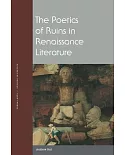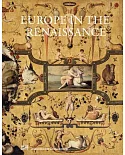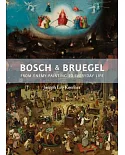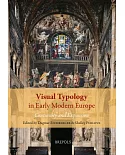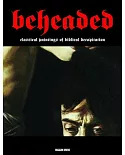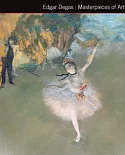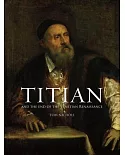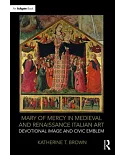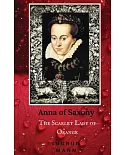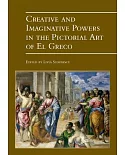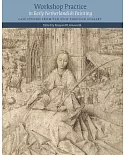Salvator Rosa (1615-1673) was one of the boldest and most powerfully inventive artists and personalities of the Italian seventeenth century. He is still best known as `savage Rosa', the creator
of wild landscapes, where bandits and hermits lurk amongst shattered trees and rocks. But his range was wide, and he also painted novel allegorical pictures, distinguished by a melancholy
poetry; fanciful portraits of romantic figures; macabre witchcraft scenes, which remain amongst the most bizarre images in all seventeenth-century art; rare scenes from ancient history and from
the lives of the ancient philosophers, which brought into painting some of the major ethical and scientific concerns of his age.
Rosa was not only a painter. He was also an actor and major satirical poet, who shone in the world of the literary academies, and he took pleasure in the company of scholars and literary men.
His impatience with the conventional system of patronage and advancement led him to create a new persona for the artist, characterized by extravagant claims to freedom, and he used both the
public exhibitions in Rome and the ready support of his literary admirers to spread his fame. He has always had a dual importance for the history of art, as painter and as personality, and in
the Romantic period new myths were spun around him. Identified with one of his own banditti, he became a cult figure, celebrated as a free and fiery artist who soared above all rules.
This catalogue draws on recent scholarship and adopts a thematic approach that will deepen our understanding of the different genres of painting to which Rosa made so fundamental a
contribution. It aims to reveal afresh both the variety and quality of his art, and to set it within a seventeenth-century context. The detailed catalogue entries, and introductions to each
theme, are preceded by a critical biography of Salvator Rosa (Helen Langdon), a discussion of the way Rosa saw the potential of seventeenth-century art exhibitions and used them to promote his
art (Xavier F. Salomon) and an exploration of the relationship of his paintings to the world of theatre and music and to the literary culture of the academics (Caterina Volpi)


